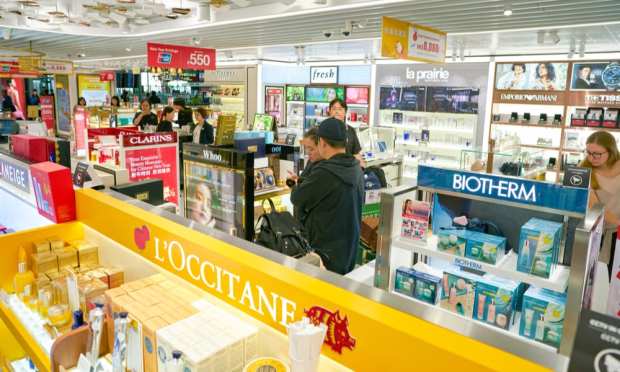In China, Pent-Up Demand For Cosmetics A Blip Or Trend?

Emerging from lockdown, Chinese consumers may be opening up (digital) wallets and purses … though gradually.
Against that backdrop, South China Morning Post reported that cosmetics sales in the country rebounded last month.
There are a few ways to read that statement, and the data that come with it.
The bounce may be temporary, or it may be prolonged. And beyond the duration, the fact remains that the subsector is enjoying a wave of pent-up demand.
The publication reported that sales of cosmetics plummeted as much as 80 percent in February, as estimated by Jefferies Analyst Anne Ling.
But in at least one data point, sales of items such as face packs and make-up removers were up five-fold across eCommerce giant Pinduoduo, measured in March versus February’s results.
Cosmetics sales have proven to be resilient (relatively speaking) – even into the headwinds of the coronavirus – with less downside than has been seen in other sectors.
Data from the country’s National Bureau of Statistics show that cosmetics sales through February were down 14.1 percent, while overall retail sales slid 20 percent.
“Sales of color cosmetics, such as lipsticks, eye shadow and eyebrow pencils, also recorded decent growth,” Pinduoduo said, as reported by the Post. “But the transaction amount seems to be controlled [at a relatively lower level].”
Separately, ECdataway has said that sales of cosmetics and skincare items were up 89 percent during the first week of March, and that sales of household products were up 56 percent during the period.
The latest data points dovetail with comments made by James Huang, Payoneer’s regional vice president of Greater China, in an interview with Karen Webster. He said late last month that “there’s a lot of talk about reduction in consumption power. But at the same time, this might be a once-in-a-lifetime disruption – we’re talking about a prominent change in consumer preferences.” Huang predicted there will be a permanent shift toward eCommerce, where online retail is now about 14 percent of total retail spend in China, but will grow.
To be sure, several variables will determine just which verticals will see rebounds in consumer spending in China. But eCommerce seems to have become firmly entrenched within the country. Even in the midst of the pandemic, growth is growth, and it stood at 3 percent in the first two months of the year, down markedly (of course) from the almost 20 percent seen in the same period last year.
As reported by S&P Global, spending on discretionary items – a broad category that includes cosmetics and skincare – had been relatively low during the lockdown period.
“For example, Chinese consumers washed their hair on fewer occasions during the periods when they were not allowed to leave their homes, according to a report by Kantar Worldpanel,” the S&P analysts noted. The more recent stats from the eCommerce sites show that a rebound may be taking shape – but whether it will be a blip or a trend remains to be seen.